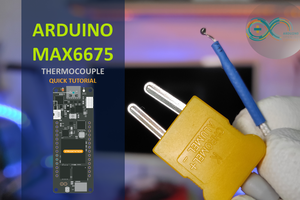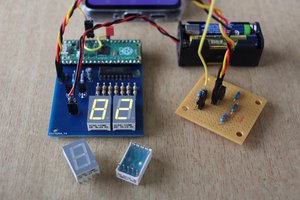It is not tricky to assemble the parts (because the trick with the I2C is that you tie the SDA (Serial DAta) pins together and the SCL (Serial CLock) pins together and you can expect it to work - assuming there arise no problems with the PullUp resistors). Just make sure that you have the python libraries in the right directory and the I2C is enabled on your Raspberry Pi (the I2C Master).
Default addresses of the I2C Slaves (an I2C Master doesn't have an address):
0x27 = LCD
0x29 = TSL2591 sensor (optional)
0x77 = BMP280 sensor
Of course you need a power supply as well. Display is supplied with 5V (USB VBUS). BMP280 is supplied with 3,3V (VCC), pins SDO and CSB of the sensor are soldered with VCC.
BMP280 will overshot the temperature measurement if it's exposed to direct sun radiation. The atmospheric pressure measurement seems accurate, as far as I can tell (note: 1 atm = 1000 mbar = 1000hPa = 100000 N/m²).
On your RasPi you can run an MQTT script simultaneously (for remote control), and/or publish weather data via webserver (easy to implement on a RasPi).
Also keeping in mind that LCDs have a limited lifespan and will get darker if ran over a long period of time (months).
 Florian Wilhelm Dirnberger
Florian Wilhelm Dirnberger
 Craig
Craig
 DIY GUY Chris
DIY GUY Chris

 vpetrache
vpetrache